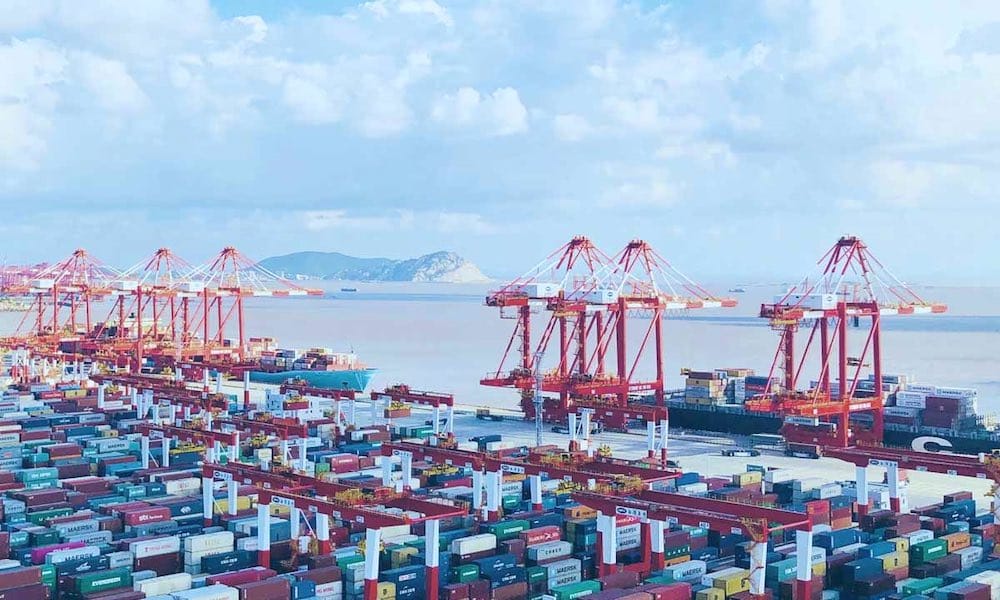China’s Shipping Retaliation Sparks Maritime Uncertainty

In a dramatic escalation of trade tensions, several ships heading to China reversed course following Beijing’s recent decision to impose additional fees on American-linked vessels. Starting tomorrow, China will charge an extra RMB400 ($56) per net ton for ships built, operated, or flagged in the U.S., coinciding with U.S. plans to increase port fees. This move is set to significantly disrupt global shipping operations, especially for those involved with U.S.-listed companies.
Impact on Global Shipping and Rising Costs
The new fee structure is expected to create substantial challenges for the shipping industry. While the number of U.S.-flagged ships is relatively small, the inclusion of U.S.-listed vessels amplifies the impact. According to investment bank Jefferies, notable sectors such as crude tankers, liquefied petroleum gas (LPG), product tankers, and containerships will experience significant disruption, with 16%, 14%, 13%, and 11% of their global fleets affected, respectively. The situation is compounded by the fact that the RMB400 fee will escalate annually, reaching RMB1,120 by 2028, in line with U.S. port fee increases.
The China Shipowners Association (CSA) has criticized U.S. actions as violations of World Trade Organization principles, labeling them as “hegemonic practices.” They argue that the new fees are a critical legal response to protect fair competition and maintain maritime security. The CSA warns that Washington’s unilateral approach may backfire, suggesting it could harm U.S. interests in the long run.
Experts are voicing concerns about the implementation of these new regulations. Broker Arrow indicated that there may be challenges in administering the new rules, as port authorities may not have the necessary systems in place. Delays in processing could arise as officials verify ownership details to avoid liabilities related to incorrect declarations. With the deadline looming, uncertainties regarding the smooth operation of these new policies persist.
Broader Trade Tensions and Future Implications
The maritime industry is also grappling with broader uncertainties in U.S.-China relations. Recent U.S. policy changes include a revision of port fees for foreign-built vehicle carriers, which have tripled, alongside eased restrictions on export licenses for liquefied natural gas (LNG) cargoes when using non-U.S.-built vessels. Additionally, the U.S. Trade Representative has announced a 100% tariff on Chinese-made ship-to-shore cranes and intermodal chassis, further escalating trade frictions.
COSCO Continues Methanol Commitment with New $2B Order for Containerships
As tensions continue to simmer, discussions around Chinese rare earth export controls have prompted the U.S. to threaten increasing tariffs on all imports from China to 100%. This evolving landscape suggests a potential bifurcation in global trade and shipping practices, raising questions about the future of international maritime operations. The industry may need to adapt rapidly to navigate these complexities as both nations pursue their respective trade strategies.
